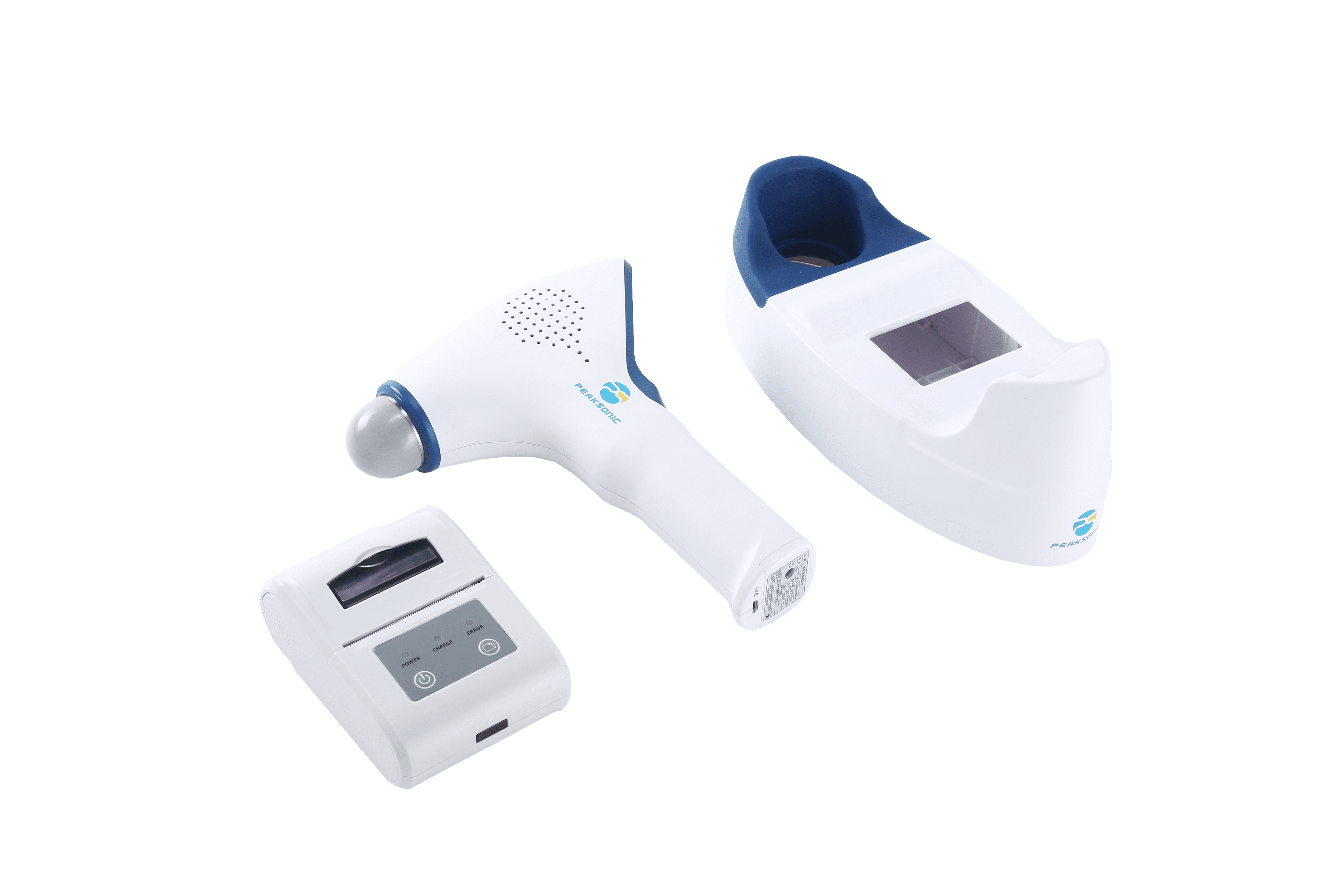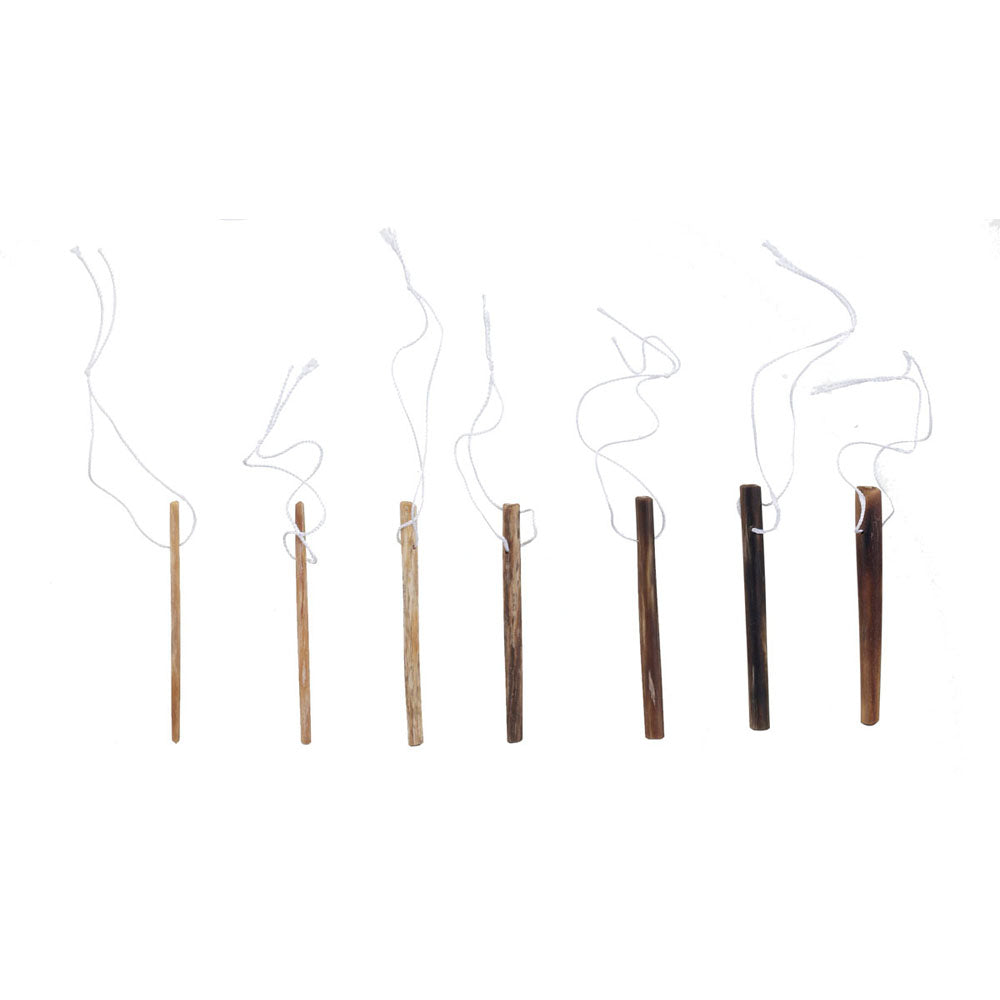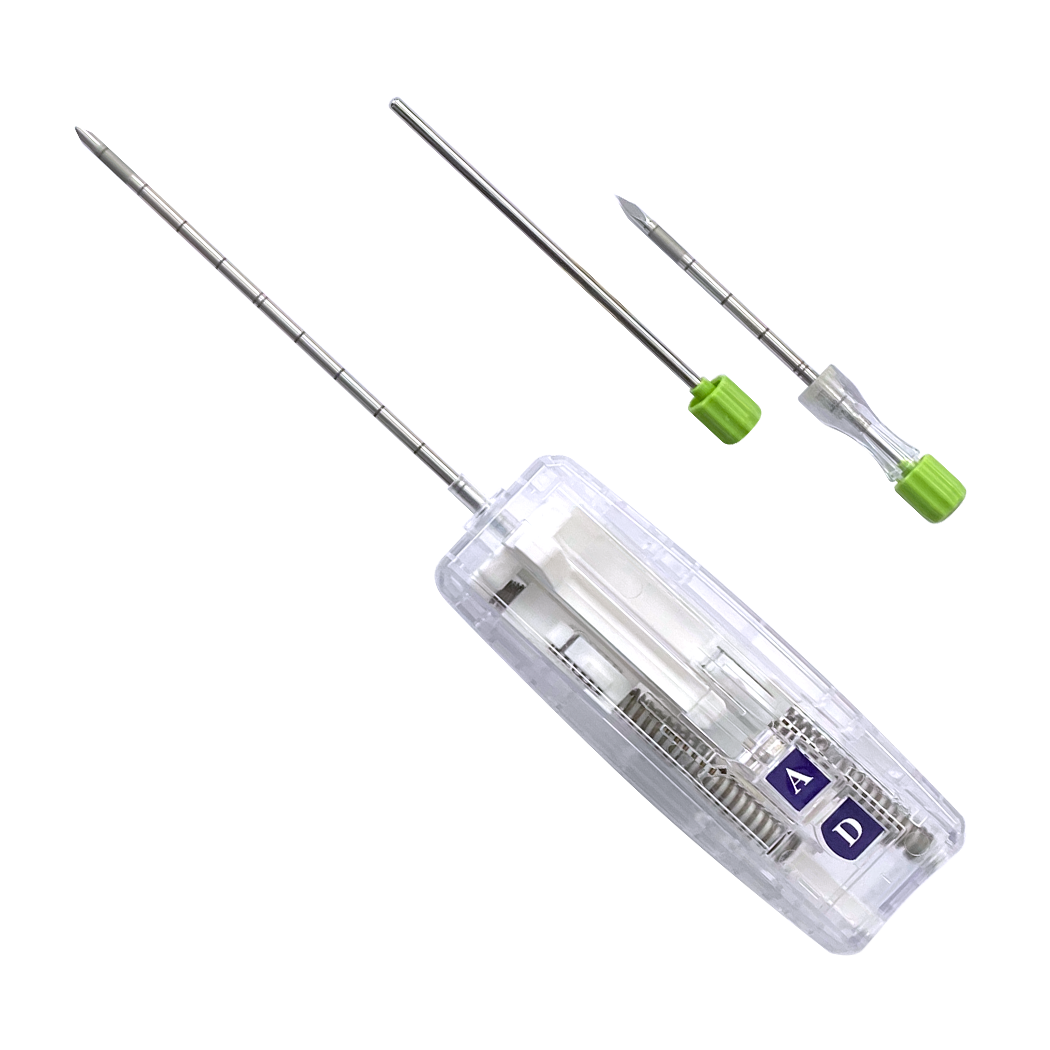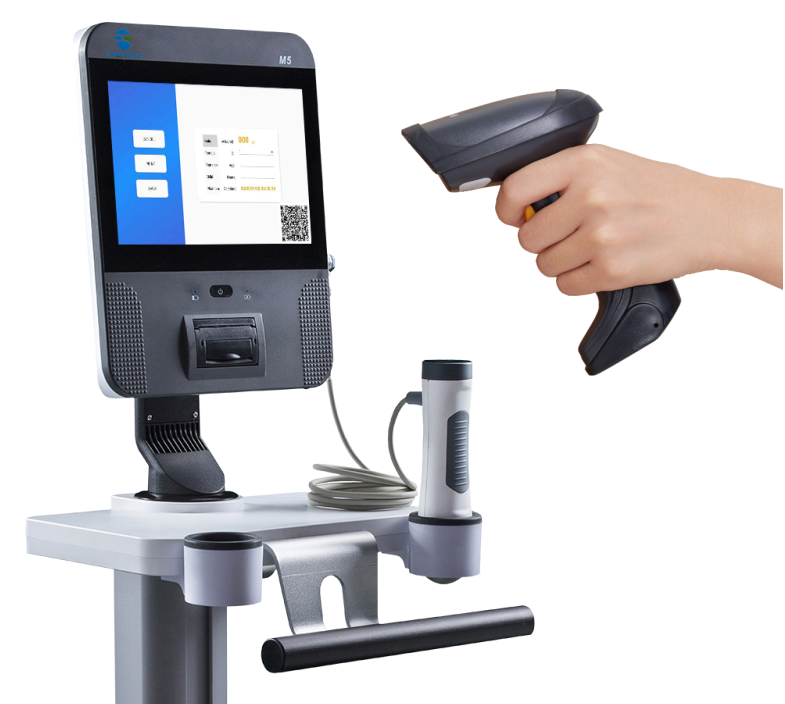The use of bladder scanners in emergency departments (EDs) has become increasingly common due to their numerous advantages in patient care. These devices provide a non-invasive method to evaluate bladder volume and assess urinary retention, offering a safe, quick, and effective alternative to more invasive procedures like catheterization. In the fast-paced environment of an ED, bladder scanners serve as essential tools for immediate diagnosis and management of various conditions related to urinary function. This expanded discussion will cover the reasons for using bladder scanners in the ED in detail, focusing on their benefits in non-invasive assessment, quick diagnosis, guiding clinical decisions, monitoring urinary retention, reducing catheter-associated urinary tract infections (CAUTIs), assessing for acute urinary retention (AUR), improving patient comfort and satisfaction, and supporting diverse patient populations.
Non-Invasive Assessment
One of the primary benefits of using a bladder scanner in the ED is its non-invasive nature. Traditional methods of assessing bladder volume often involve catheterization, where a catheter is inserted into the bladder through the urethra to drain urine or measure residual volume. This procedure, while effective, can be uncomfortable, painful, and carries a risk of introducing infections. In contrast, a bladder scanner uses ultrasound technology to provide a quick and painless assessment of bladder volume without the need for any invasive intervention.
This non-invasive approach is particularly beneficial for patients who may be anxious about invasive procedures or those with contraindications for catheterization, such as patients with urethral strictures, recent surgeries, or certain pelvic injuries. By avoiding the physical trauma and psychological distress associated with catheterization, bladder scanners improve patient comfort and satisfaction, which is crucial in an emergency setting where patient anxiety and discomfort can already be high.
Additionally, the non-invasive nature of bladder scanners allows for repeated measurements without increasing the risk of infection or causing additional discomfort to the patient. This is especially important for monitoring patients over time, such as those with chronic urinary retention or those recovering from surgery.
Quick Diagnosis
In the emergency department, time is of the essence. Rapid diagnosis and treatment are crucial to improving patient outcomes, particularly in cases of acute urinary retention, bladder distension, or suspected urinary tract obstruction. Bladder scanners provide immediate feedback on bladder volume, enabling healthcare providers to make quick decisions regarding further diagnostic testing or therapeutic interventions.
For example, a patient presenting with lower abdominal pain and difficulty urinating can be quickly assessed with a bladder scanner to determine if urinary retention is the cause. If the scan shows a large volume of urine in the bladder, the diagnosis of acute urinary retention can be made, and appropriate treatment, such as catheterization to relieve the obstruction, can be initiated without delay.
This ability to rapidly assess and diagnose urinary retention is particularly important in the ED, where delays in diagnosis and treatment can lead to complications such as bladder overdistension, renal impairment, or even sepsis in severe cases. The speed and accuracy of bladder scanners help ensure that patients receive timely and appropriate care, reducing the risk of adverse outcomes.
Guiding Clinical Decisions
Bladder scanners are valuable tools for guiding clinical decisions in the ED. The information obtained from a bladder scan can help determine the necessity of further interventions, such as catheterization, diagnostic imaging, or referral to a specialist. For example, if a bladder scan shows a low post-void residual (PVR) volume in a patient with urinary symptoms, it may indicate that the symptoms are not due to urinary retention but perhaps another underlying condition that requires different management.
Conversely, a high PVR volume on a bladder scan suggests that the patient is unable to adequately empty their bladder, which may necessitate catheterization to relieve the obstruction and prevent complications. This information is particularly valuable in the ED, where clinical decisions need to be made quickly and accurately to ensure the best possible outcomes for patients.
Bladder scanners also play a critical role in the management of patients with known urinary retention issues. For example, patients with chronic conditions such as benign prostatic hyperplasia (BPH), neurogenic bladder, or post-surgical complications may present to the ED with exacerbations of their symptoms. A bladder scan can help assess the severity of urinary retention and guide the decision on whether to perform intermittent catheterization, place a Foley catheter, or pursue further evaluation with imaging studies.
Monitoring Urinary Retention
Bladder scanners are particularly useful for monitoring urinary retention in patients with acute or chronic conditions. Urinary retention can result from a variety of causes, including neurological conditions, medications, anesthesia, or obstructive uropathy. In the ED, it is essential to monitor bladder volume in patients at risk of developing retention to prevent bladder overdistension and potential kidney damage.
For instance, patients with spinal cord injuries or neurological disorders such as multiple sclerosis may have impaired bladder function and are at risk for urinary retention. Regular bladder scans in the ED can help monitor bladder volume, allowing for timely intervention when retention is detected. This proactive approach helps prevent complications associated with prolonged bladder distension, such as hydronephrosis, urinary tract infections (UTIs), and bladder damage.
Bladder scanners are also valuable for postoperative monitoring, particularly in patients undergoing surgeries that affect the pelvic region or spinal cord. After surgery, patients may have temporary urinary retention due to anesthesia or pain medications. Bladder scans can be used to assess bladder volume and determine the need for catheterization to prevent bladder overdistension and associated complications.
Reducing Catheter-Associated Urinary Tract Infections (CAUTIs)
Catheter-associated urinary tract infections (CAUTIs) are a significant concern in healthcare settings, particularly in the ED, where catheterization may be performed frequently. CAUTIs are associated with increased morbidity, longer hospital stays, and higher healthcare costs. By using a bladder scanner to assess bladder volume and determine the necessity of catheterization, the ED can reduce the number of unnecessary catheterizations, subsequently lowering the risk of CAUTIs.
For example, a patient presenting with urinary symptoms but no significant bladder distension on a bladder scan may not require catheterization, thus avoiding the potential complications associated with catheter use. By selectively catheterizing only those patients who truly need it, healthcare providers can reduce the risk of CAUTIs and improve patient outcomes.
Moreover, bladder scanners are beneficial in assessing the effectiveness of catheter removal. After removing a catheter, a bladder scan can be performed to check for post-void residual volume and ensure that the patient is able to void adequately. If the PVR is low, the patient can avoid re-catheterization, further reducing the risk of infection.
Assessing for Acute Urinary Retention (AUR)
Acute urinary retention (AUR) is a urological emergency that requires prompt diagnosis and management to prevent complications such as bladder damage, infection, and renal impairment. AUR can be caused by a variety of factors, including BPH, urethral strictures, bladder stones, medications, or neurological conditions.
In the ED, a bladder scanner can quickly identify cases of AUR by measuring bladder volume and assessing for significant urinary retention. This allows for timely intervention, such as catheterization to relieve the obstruction and prevent complications. In cases where AUR is caused by a reversible condition, such as medication-induced retention, the bladder scan can help guide the decision to adjust medications or pursue further evaluation.
Bladder scanners also play a role in the follow-up care of patients with AUR. After initial catheterization, a bladder scan can be used to monitor bladder function and assess for residual volume before removing the catheter. This ensures that the patient is able to void adequately and reduces the risk of recurrence of AUR.
Comfort and Patient Satisfaction
The non-invasive nature of bladder scanning significantly improves patient comfort compared to invasive catheterization procedures. This is especially important in the ED, where patients may already be experiencing significant discomfort or distress due to their presenting condition.
Bladder scanning is quick, painless, and does not require the use of a catheter, which can be particularly beneficial for sensitive or vulnerable patients, such as those with a history of trauma or sexual abuse, pediatric patients, or elderly patients with frailty or dementia. By reducing the need for invasive procedures, bladder scanners enhance the overall patient experience in the ED, leading to higher patient satisfaction and potentially improving compliance with follow-up care.
Additionally, bladder scanners are well-received by patients who may have cultural or personal preferences that make them uncomfortable with invasive procedures. The ability to provide a non-invasive alternative aligns with patient-centered care principles and promotes a more positive healthcare experience.
Support for Diverse Patient Populations
Bladder scanners are versatile tools that can be used effectively across a wide range of patient populations, making them an invaluable resource in the ED. For example, in pediatric patients, bladder scanning provides a non-invasive method for assessing bladder volume without the need for catheterization, which can be particularly traumatic for young children. This is especially useful in cases where a child presents with abdominal pain, urinary symptoms, or enuresis, and a quick assessment of bladder volume is needed.
In geriatric patients, bladder scanners are useful for assessing urinary retention, which is common in older adults due to conditions such as BPH, neurogenic bladder, or medication side effects. The non-invasive nature of bladder scanning is particularly beneficial for elderly patients, who may be at higher risk for complications associated with catheterization, such as UTIs or urethral trauma.
Bladder scanners are also valuable in assessing pregnant patients who present to the ED with urinary symptoms or lower abdominal pain. The ability to assess bladder volume without the need for radiation or invasive procedures makes bladder scanning a safe and effective option for pregnant patients, ensuring the safety of both the mother and the fetus.
In conclusion, the use of bladder scanners in emergency departments offers numerous benefits that enhance patient care, improve diagnostic accuracy, and reduce the risk of complications. Their non-invasive nature allows for quick and painless assessment of bladder volume, facilitating rapid diagnosis and guiding clinical decisions. MDPro bladder scanners are known for their user-friendly interface, reliability, and precision, making them a valuable asset in diagnosing and managing a variety of urological conditions.
Bladder scanners are essential tools for monitoring urinary retention, reducing the incidence of catheter-associated urinary tract infections, and ensuring timely management of acute urinary retention. They also improve patient comfort and satisfaction, particularly in sensitive or vulnerable populations, and provide a versatile option for assessing a wide range of patients. As such, bladder scanners are invaluable in the ED setting, contributing to better patient outcomes and more efficient healthcare delivery.
The content on this website serves as a general summary for public information only. This information is not medical advice, nor does it act as a replacement for professional medical advice, diagnosis, or treatment. For inquiries about a medical condition, it is essential to consult with a doctor or another qualified health professional.




